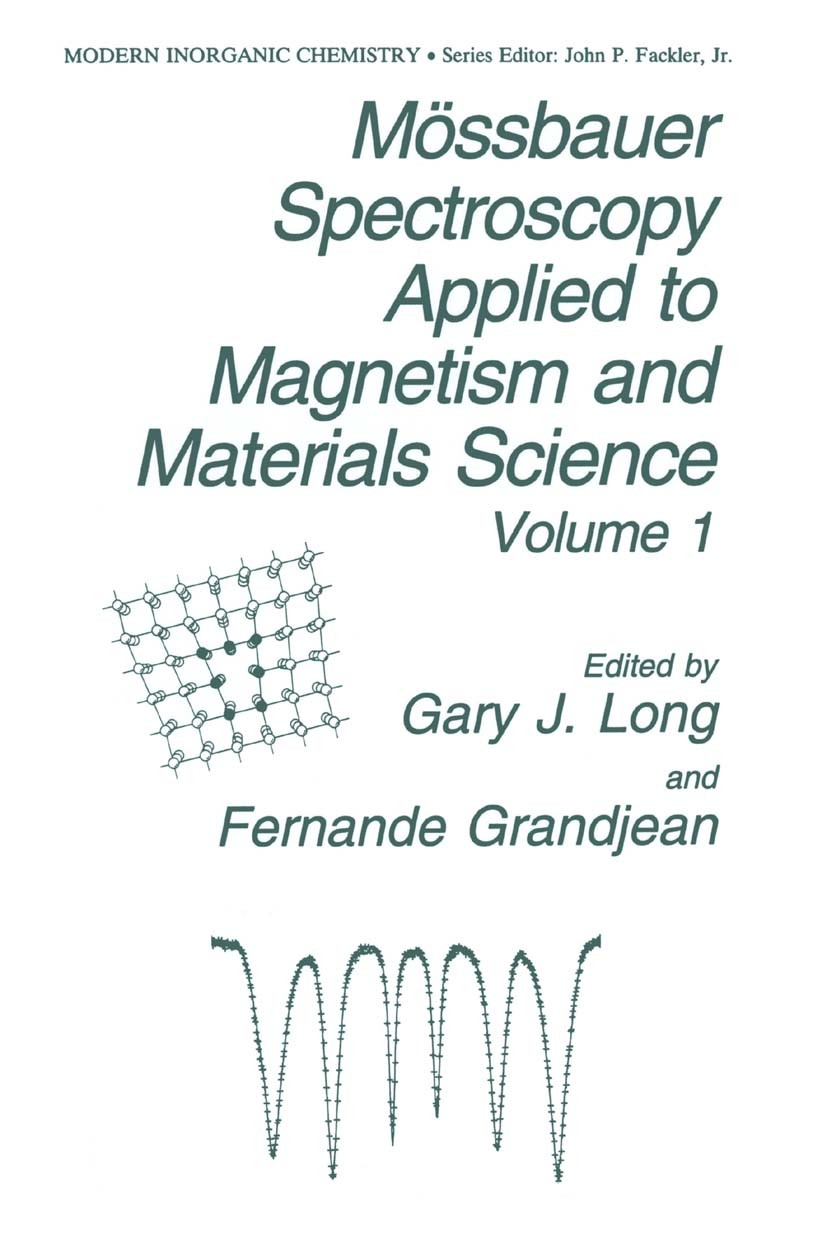| 書目名稱 | M?ssbauer Spectroscopy Applied to Magnetism and Materials Science | | 編輯 | Gary J. Long,Fernande Grandjean | | 視頻video | http://file.papertrans.cn/643/642398/642398.mp4 | | 叢書名稱 | Modern Inorganic Chemistry | | 圖書封面 |  | | 描述 | During the past 30 years materials science has developed into a full-fledged field for basic and applied scientific enquiry. Indeed, materials scientists have devoted their efforts to creating new materials with improved electronic, magnetic, thermal, mechanical, and optical properties. Often unnoticed, these new materials are rapidly invading our homes and automobiles, and may be found in our utensils, electronic equipment, textiles, home appliances, and electric motors. Even though they may go unnoticed, these new materials have either improved the efficiency and lifetime of these items or have reduced their weight or cost. In particular, magnetically ordered materials are useful in various applications, such as motors, magnetic imaging, magnetic recording, and magnetic levitation. Hence, much effort has been devoted to the development of better hard magnetic materials, magnetic thin films, and molecular magnets. During the same period of time, Mossbauer-effect spectroscopy has grown from a laboratory curiosity to a mature spectroscopic technique, a technique that probes solid-state materials at specific atomic sites and yields microscopic information on the magnetic and electron | | 出版日期 | Book 1993 | | 關(guān)鍵詞 | Metall; M?ssbauer effect; M?ssbauer spectroscopy; alloy; iron; magnetic field; materials science; spectrosc | | 版次 | 1 | | doi | https://doi.org/10.1007/978-1-4899-2409-4 | | isbn_ebook | 978-1-4899-2409-4Series ISSN 0891-4540 Series E-ISSN 2945-5057 | | issn_series | 0891-4540 | | copyright | Springer Science+Business Media New York 1993 |
The information of publication is updating

|
|
 |Archiver|手機(jī)版|小黑屋|
派博傳思國(guó)際
( 京公網(wǎng)安備110108008328)
GMT+8, 2025-10-5 20:14
|Archiver|手機(jī)版|小黑屋|
派博傳思國(guó)際
( 京公網(wǎng)安備110108008328)
GMT+8, 2025-10-5 20:14


